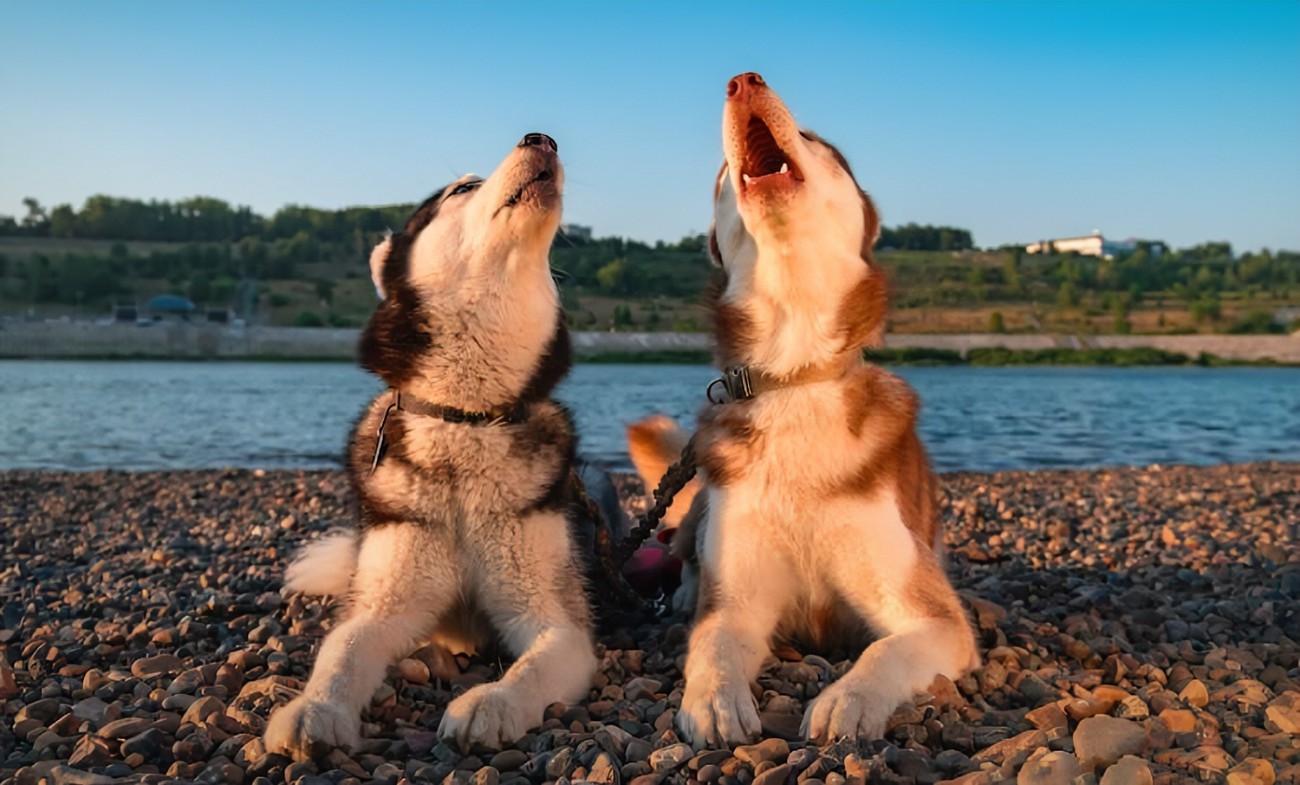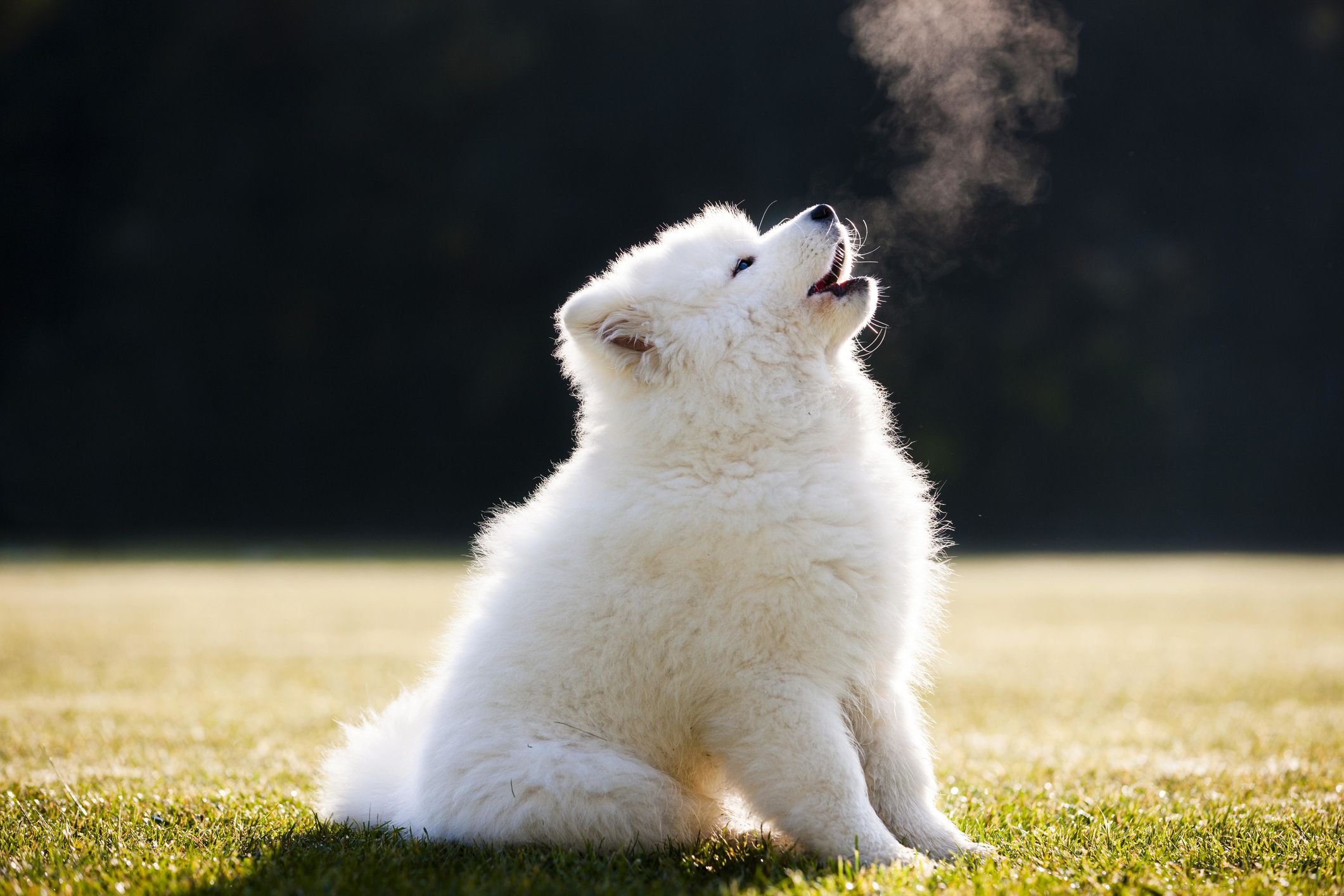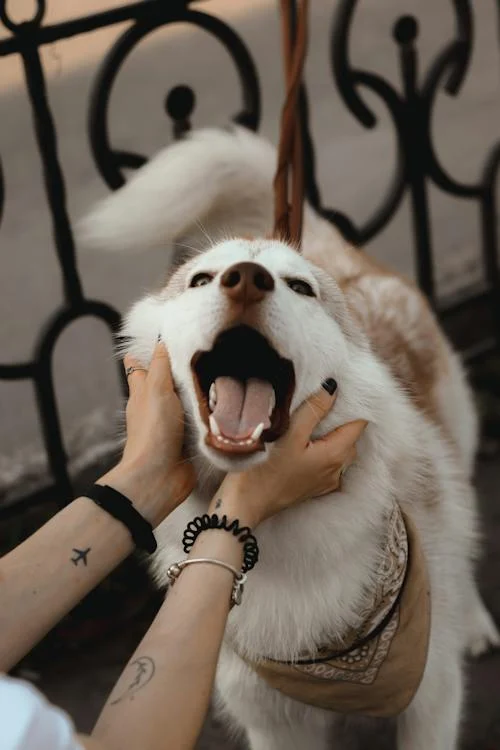The Stirring Sounds
Few sounds stir the soul like the haunting howl of a dog in song. While some dogs seem tone-deaf, others naturally vocalize melodically or join in choruses. Howling is complex canine communication conveying location, bonding, and emotional state. Let’s explore the meanings and motives behind dogs that howl.
Breed Tendencies
Certain breeds are predisposed to more frequent, elaborate howling including Beagles, Coonhounds, Alaskan Malamutes, Siberian Huskies, Wolves, German Shepherds, and most hunting dogs. Howling helped hunting dogs stay in contact over long distances and thick terrain while tracking prey. Herding breeds like Collies use it to gather and signal flocks. Sled dogs like Huskies harmonize team unity. The innate howling instincts remain strong.
Why Dogs Howl
Beyond breed tendencies, numerous reasons elicit howling:
- Loneliness – From anxiety, isolation, or attention seeking, howls summon company.
- Bonding – Familiar packs or owners howl together to strengthen ties and show belonging.
- Location ID – Howls announce a dog’s position to companions.
- Defense – Howling may warn interlopers of territory occupancy.
- Alerts – Novel sounds or sights trigger howls signaling others to danger.
- Empathy – Dogs howl in camaraderie when hearing other dogs or wolves howling nearby.
- Enjoyment – Some dogs just howl out of joy, exuberance and harmony with their pack.

Coaxing Out Inner Song Dog
For dogs lacking innate howling instincts, you can nurture their inner diva:
- Play recordings of dogs, coyotes or wolves howling to awaken their instincts.
- Howl or sing an ascending pitch yourself for them to imitate.
- Try a howling collar that electronically imitates canid howls.
- Engage multiple dogs to trigger harmony.
- Use a favorite toy or high value treat to spark excitement howls.
- Avoid punishment or yelling which may suppress their vocalizations.
Your pooch might surprise you with a beautiful natural voice!
When Howling Becomes Problematic
If howling becomes excessive due to anxiety, boredom or medical issues, consult an experienced dog trainer or veterinarian for solutions tailored to the underlying cause. Strategies may include:
- Increased exercise, stimulation and companionship
- Anti-anxiety training and medications
- Muting triggers like sirens or neighboring dogs
- Behavior modification to shift associations
- Masking noise with fans or music
- Training an alternative settled behavior
- Desensitization to being home alone
With patience, most melodious dogs can learn to temper their harmonizing at appropriate times.
Howling Stages
Dogs progress through various howling stages, beginning with:
- Reflexive Howling – Around 2-3 weeks old, puppies instinctively howl when isolated from mom and littermates.
- Social Howling – By 4-5 weeks, puppies start synchronized group howling to bond with littermates.
- Attention-Seeking Howling – Around 6-8 weeks, puppy howls elicit caregiving from people.
- Alarm Howling – From 6 months onward, howling alerts others to perceived dangers or intruders.
- Expressive Howling – Into adulthood, howling communicates location, bonding, empathy and emotional states.
Understanding these developmental stages helps owners appreciate their vocalizing dog.

Howling as Communication
Unlike barking, howling serves longer range communicative functions for dogs:
- Conveys location over distances – “I’m over here!”
- Signals need for help or attention – “Come find me!”
- Bonding across distance- “We’re together in spirit!”
- Shares an emotional state – “I’m happy to be home!”
- Warns of potential threats – “Danger is coming!”
Learning a dog’s unique howl language promotes connection.
Howling Along with Dogs
Some owners choose to join in their dogs’ howling sessions. Benefits can include:
- Strengthening of the human-animal bond
- Meeting a dog’s social needs
- Channeling a dog’s energies into appropriate harmony
However, be cautious not to reinforce anxiety-related howling. Make howling rewarding only when the dog is in a calm, relaxed state to shape appropriate vocalizing.
The Joy of Song Dogs
Rather than a nuisance, a howling hound’s stirring vocalizations are something to appreciate. Their purposeful melodies beautifully express the communal bonds at the heart of the human-canine relationship. Embrace your dog’s song!
Conclusion
Rather than discouraging your vocal dog, embrace their expressive leanings! Howling represents the primal song of their ancestors, connecting us across generations. With love and training, dogs find balance, reserving their arias for rewarding, bonded moments of melodious communion.



